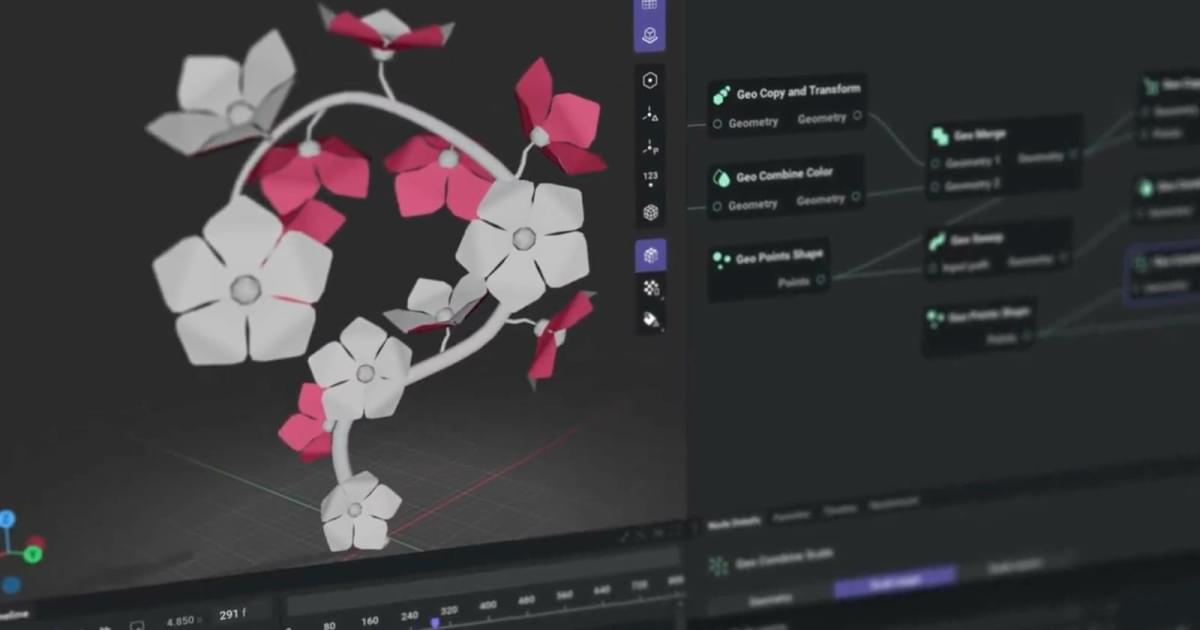The vibe coding boom has triggered a flurry of interest from investors in the space with Lovable raising $200 million in a round led by Accel, and Bay Area rival StackBlitz landing $80 million.



Understanding the effects of social class on people’s attitudes, thoughts, feelings and behaviors could have valuable implications, as it could help to tailor social and behavioral interventions around the unique psychological characteristics of target populations. Past studies have introduced and tested various theoretical predictions related to the psychology of social class, yielding a wide range of interesting findings.

Online encyclopedia Wikipedia will argue this week that the UK’s Online Services Act could impact the safety and privacy of its volunteers.
The foundation behind the crowdsourced information site Wikipedia will argue in British court this week that new legislation threatens its operations.
The Wikimedia Foundation will tell London’s Royal Courts of Justice on July 22nd that the regulations under the UK’s Online Safety Act (OSA) put it at “unacceptable risk” of being subject to Category 1 duties as a “high-risk site”

An international team of archaeologists has used high-resolution digital imaging techniques to examine tattoos on a more than 2,000-year-old ice mummy from the Pazyryk culture of Siberia, shedding light on individual craftsmanship in prehistoric Siberian tattooing for the first time.
Tattooing was likely widespread during prehistory, but the lack of surviving tattoos means it is difficult to investigate. The so-called “ice mummies” of the Altai mountains are an exception, since their deep burial chambers encased in permafrost sometimes preserve the skin (and therefore tattoos) of those buried within.
“The tattoos of the Pazyryk culture-Iron Age pastoralists of the Altai Mountains-have long intrigued archaeologists due to their elaborate figural designs,” states senior author of the research, Dr. Gino Caspari from the Max Planck Institute of Geoanthropology and the University of Bern.

Paris theater — cyberpunk: envisioning possible futures through cinema.
This series was programmed to accompany the museum’s exhibition Cyberpunk: Envisioning Possible Futures Through Cinema.
Tickets are available below for purchase by the public, while Academy members can request tickets at membership.oscars.org.


Lithium is considered a key ingredient in the future commercial fusion power plants known as tokamaks, and there are several ways to use this metal to enhance the process. But a key question remained: How much does it impact the amount of fuel trapped in the walls of tokamaks?
According to new research from a global collaboration spanning nine institutions, the dominant driver of fuel retention is co-deposition: a process where fuel is trapped alongside lithium. Co-deposition can happen with lithium that is directly added during plasma operations, or lithium that has been previously deposited on the walls, only to wear away and be redeposited.
The research also showed that adding lithium during operation is more effective than pre-coating the walls with lithium in terms of creating an even temperature from the core of the plasma to its edge, which can help create the stable plasma conditions needed for commercial fusion.
Wiz found a critical Base44 flaw letting attackers access private apps via public app_id. Fixed by Wix.
Browser-based identity attacks surge in 2025, targeting SaaS apps and weak credentials across enterprise accounts.
